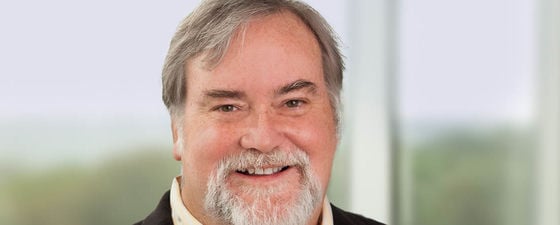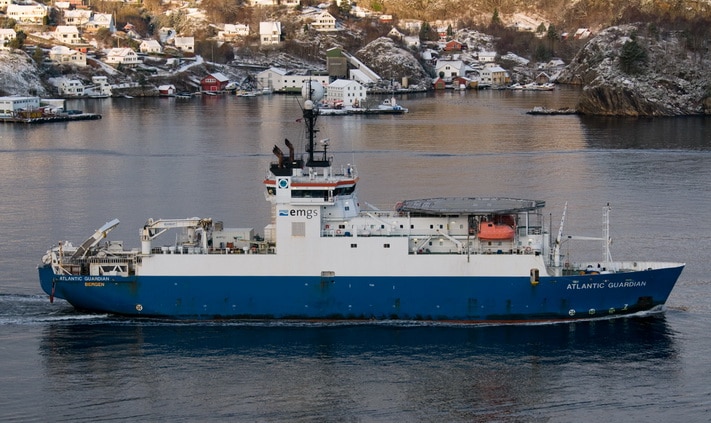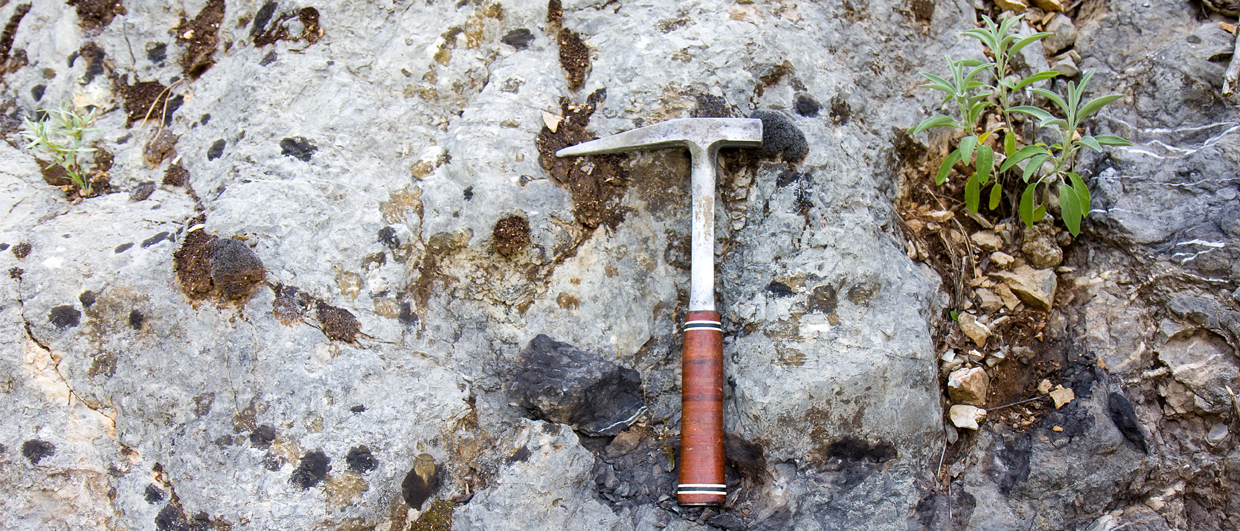As a founder of E&P intelligence company Drillinginfo and with a wide range of experience in the industry, Allen Gilmer is uniquely qualified to predict future oil and gas trends.
As a serial entrepreneur, what motivates you to start a new company?
Filling needs that aren’t being met. It helps if you are a consumer of those products or services. I started and ran a seismic company that took working interest in return for providing 3D surveys and interpretation all over the US. I had an acute need of the services and products that we all take for granted today because of what we do today at Drillinginfo.
Why did you start Drillinginfo?
Allen worked as a geophysicist with Marathon before turning independent and co-founding three profitable exploration and production companies. He co-founded Drillinginfo in 1999. He holds several patents in the field of component seismology. Source: Drillinginfo.
The advent of the digital age resulted in big companies trying to create various digital data monopolies selling to the top of the market. I thought this was very bad for the oil business. The US oil patch is notable for its resistance to being ‘consolidated’; a small E&P company is more nimble than a large one. It can also operate lower producibility fields than bigger companies. The full benefit of a full scale of operational capabilities is exactly what enabled the US to take advantage of unconventional resources, because the infrastructure had been so completely built out and the service industry has so many participants. Lots of operators and explorers are the other secret of US oil and gas, together with private ownership of minerals and the wisdom of the US and state governments in modeling their licensing process around small blocks, rather than large, as the rest of the world does. It was my belief that any effort or movement to marginalise the small operator was bad. It turned out I was right, thank goodness.
What advice would you offer someone starting their own company?
Play to your strengths, be willing to adjust your business plan, and partner with people that bring different skills to the table than you do. It’s never easy. When I started my E&P business, I didn’t have access to a lot of capital: a major oil company geophysicist isn’t exactly on top of anyone’s list to invest in! But I knew how to shoot, process, and interpret seismic data. Everyone was curious, but no one wanted to pay for it. Therein lay my opportunity. I could parley what would fund ten square miles of 3D into a small crew that ultimately would shoot hundreds of square miles of data. I was always interested in the ‘bleeding edge’ – sort of “if this works, we can change the industry” type of thing. I used to see with some clarity several years into the future. That’s no longer the case, but it WAS frustrating; in retrospect, not the greatest skill to have. Playing back a ways from the “bleeding edge” is the real wealth creation sweet spot. The folks that can see where the pack is going, and get in front of it just early enough, maybe a year, are the ones that make most of the money. The desire to ‘change the direction of the herd’ is rarely worth it.
What are the current most important trends in US exploration?
My teams have strong opinions on this. Phil Dunning, our head of consulting services, and I have had some great conversations on this recently with regard to the US patch. On the US side it is multi-pronged:
Operations: Something the industry has not had to deal with before; how do you get power (lots of it) to places that do not have infrastructure to keep lifting costs low. It’s the classic long-term development vs flash returns. Companies are lowering well IRRs but improving overall economics on the pad level by thinking of how to best utilize their footprint and costs. It’s definitely different from the days of drill one well and move on. This is requiring companies to hire more civil engineers and construction crews as well as run optimization of schedules. It is almost like Uber on steroids: how do you move hundreds of pieces of equipment, people, food, etc. in a way that maximizes returns. I think we will see entrance of Silicon Valley in this space.
Drilling optimisation and safety: Seeing more companies think of the ‘smart rig’ to improve safety is one thing. It also would mean we can send rigs out to drill where people themselves have problems going, such as mountainous areas, and those with high security issues (overseas), and cold weather. The rig can drive itself, set itself up, etc.; you need only one or two engineers on site and the rest can view remotely. Eventually you might even drill a well from home (I would want a cockpit in my house!).
Completion: We are moving out of the theory of ‘pound the rock’. Making sure that sand gets to the fracture network is key and we are seeing increasing stress on teams to make sure they are stimulating as much as possible; no one wants to drill a 10,000 ft lateral and only stimulate 9,000 ft. Moving to longer laterals for increased savings has also been key.
Economics/finance: Private Equity (PE) is shifting to operator mode which is new for them. They are issuing investment grade bonds and debt to pay back shareholders and holding assets. This is putting some pressure on buy-and-flip teams to get their costs down and stay in it for the long haul. This will also move more PE groups into fixed assets as they can sell the debt to other investors, benefitting those that have this as a part of their current strategy, such as companies like Blackrock. We are also seeing more and more companies buying minerals under their own properties. Previously this was seen as taboo. It is a natural hedge in a downturn, with fewer overhead costs of lease maintenance, less worrying about payments and it raises Net Revenue Interest giving you an instant return on value. There are over 250 mineral shops that are backed by some type of financing, so a lot of competition, but there are still gaps in the industry. Consolidation is also key, as we are seeing more companies looking to make bigger buys that expand their current holdings. They are conducting less exploration and focusing on what they have their money in today.
Where are we going? None of the basins we are drilling today are ‘new’. Horizontal drilling in conventional formations is here and growing fast. There have been ten wells drilled in conventional formations in Ohio alone this year by companies such as Enervest and Cabot, and we are seeing this in almost all basins. The costs of drilling horizontal wells have come down substantially and you can get 10x more oil per horizontal well, which is definitely paying out right now. It is easier from an in-fill drilling opportunity point of view and in the long run makes more sense than drilling 40-acre spacing, especially in heterogenous reservoirs. This also includes coalbed methane, where we see big rig adds taking place.
How about worldwide; where will the next big new frontier be?
Malcolm Steele in our Cotswolds office is my go-to guy internally on what is happening globally. Offshore is still the place for substantive reserves with only two real onshore discoveries this year. Conoco’s North Slope well and a gas condensate discovery in Oman, both proximal to other production. The ones to keep an eye on offshore are:
the MSGBC Basin in the North West African Atlantic Margin;
the various provinces within the Eastern Mediterranean, following up on ENI’s discoveries in Cypress, with Greece and Lebanon opening up their offshore, Russia tying up Syria’s offshore blocks, and with a wild card of how Turkey’s aggressive interpretation of what may or may not belong to them plays out. ENI postponed its second well when a Turkish destroyer pointed guns at its drillship;
the Barents Sea;
North West Latin America, following up Exxon’s success in Guyana, expect exploration to continue offshore Guyana, Surinam and French Guiana;
Brazil’s Santos Basin, where the targets are large;
Newfoundland and Nova Scotia, where most of the majors have big dollar, big potential exploration programs.





